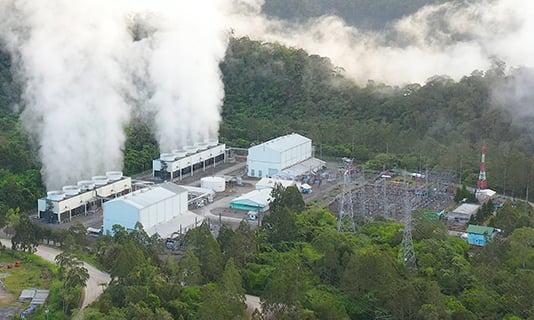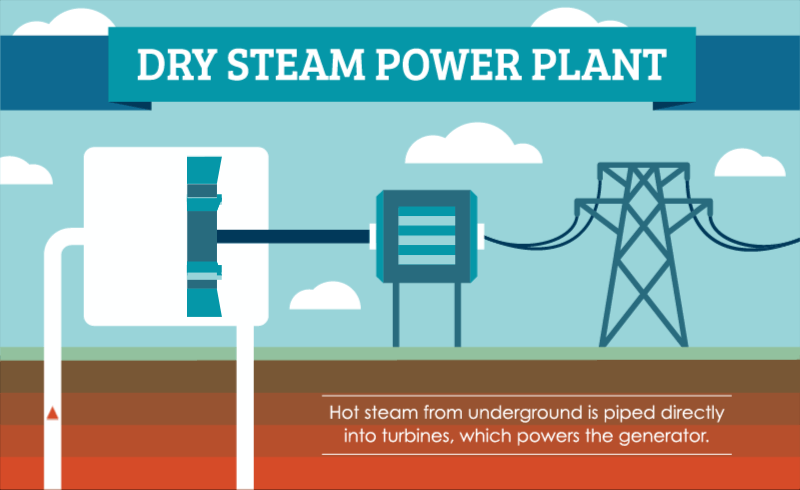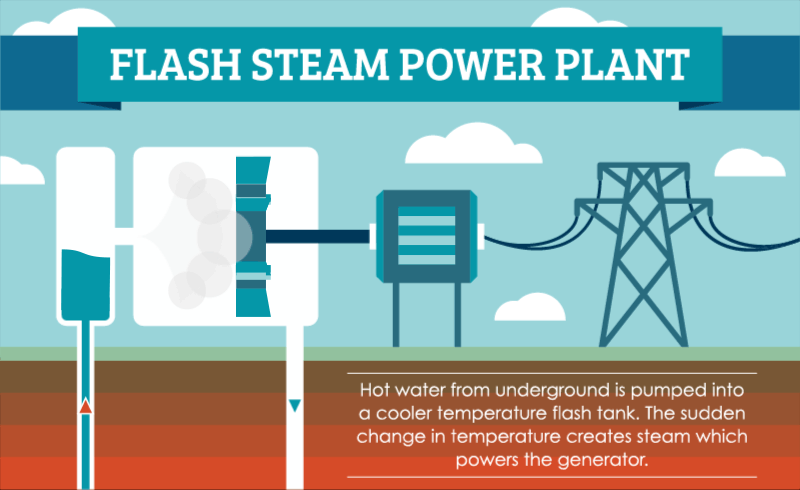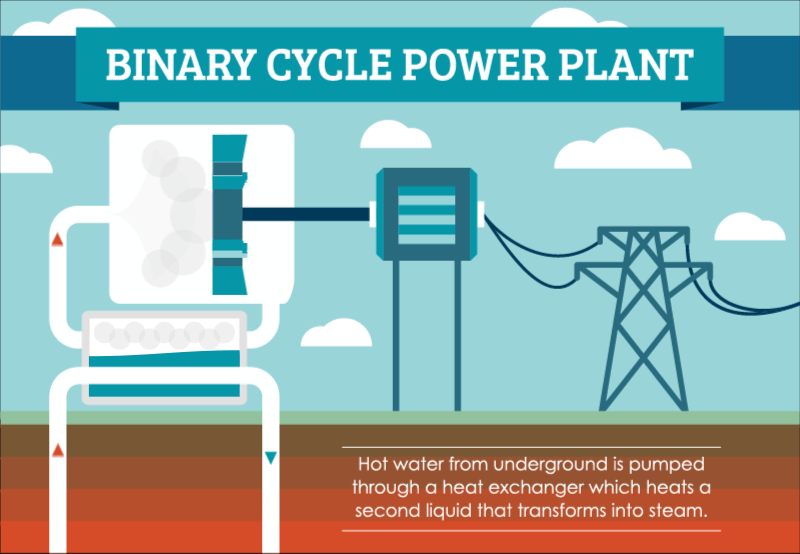Pumps in the Geothermal Power Generation
February 02, 2021
Today’s world is always demanding more and more energy. We are finding new ways of being independent of fossil energy and more reliant on clean systems that are environmentally friendly and cost-effective. Geothermal energy is proving to be one of those reliable means of energy.
Deep beneath the surface of the earth, geothermal power has emerged to deliver another method of generating clean renewable energy. Low environmental impact geothermal power plants are being developed around the world to provide reliable, consistent electricity.
These plants use a geothermal power generation process of capturing the steam from the earth and convert it into electricity that is used along the grid to power homes and businesses.

How Energy is Produced with a Geothermal Source
The geothermal power generation process relies on heat from the earth’s crust to warms water that has seeped into underground reservoirs. When the water becomes hot, it breaks through the earth’s surface as steam or hot water. These vents, geysers, and hot springs usually occur where the earth’s crust or “plates” meet and shift.
As steam reaches the earth’s surface geothermal power plants capture the steam and use its energy to turn a turbine that generates energy. Nowadays, geothermal power plants do not need to be located near the plates to capture the earth’s steam. Engineers have developed new ways of producing power from geothermal wells drilled into the ground. Some of the more common power plants are dry steam geothermal, flash steam, and binary cycle.

Dry steam geothermal power plant
This is the most common type of geothermal technology used today. Underground steam flows directly to a turbine to drive a generator that produces electricity.

Flash steam power plant
A pump pushes hot fluid into a tank at the surface, where it cools. As it cools, the fluid quickly turns into vapor—or “flash” vapors. These vapors then drive a turbine and power a generator.

Binary cycle plant.
This plant type works differently than the others. It uses two types of fluids. Hot fluid from underground heats a second fluid called a heat transfer fluid, in a giant heat exchanger. The heat transfer fluid has a much lower boiling point than the first fluid, and so it “flashes” into vapor at a lower temperature. When the second fluid flashes, it spins a turbine that drives a generator.
Environmental Benefits of Geothermal Energy
The environmental benefits of this type of energy source are substantial: low emissions, small physical footprint, and minimal environmental impact. Also, there is the fact that the few byproducts that can come up are often re-injected underground, making this source of energy even more attractive.
In addition to its natural processes, byproducts can be re-injected into the ground, so it is not only environmentally friendly but helps reduce different kinds of waste. For example, the city of Santa Rosa, California pumps wastewater into the ground to generate more geothermal energy. Some plants may produce solid waste from their operation, but the minerals in the byproduct can be recovered and sold. This reduces operating costs.
Operations
Drilling
Depending on the application, there are some challenges that come with the operation of geothermal energy. Even though it is a great way of obtaining sustainable round-the-clock clean energy, the drilling process to get to the source of the heat can be challenging. In some locations, to reach the source, the drill must go through hard crystalline rock formations.
Pumping
Systems for using deep geothermal energy need special pump systems. Pumps used for geothermal processes must be able to withstand high temperatures and mineral-rich water, and capable of pumping at very high flow rates. When pumping water from deep in the ground, the temperature oscillates frequently, and the thermal water contains limescale and salts. The pumps must be capable of operating in these varying conditions and capable of handling these types of materials or else they will wear fast and break.
Submersible pumps are mostly used in geothermal power generation to raise the water to the surface. They are lowered to below the water table through the borehole. Once the water is converted into steam, the remaining water is pumped back underground with a surface pump.
Heat Wells
Geothermal wells use hot water from subterranean reservoirs to produce the steam needed to generate electricity without the need for burning fossil fuels. The result is a renewable, green form of power that reduces the grams of carbon needed to produce a kilowatt-hour of electricity
Results
DAE Pumps is providing clean energy pumps used in the process of capturing geothermal energy. Our pumps are the most reliable in the industry and capable of processing material at high temperatures and with large solids. Geothermal power generation is just one of many renewable energy methods using pumps from DAE Pumps in their operations.


